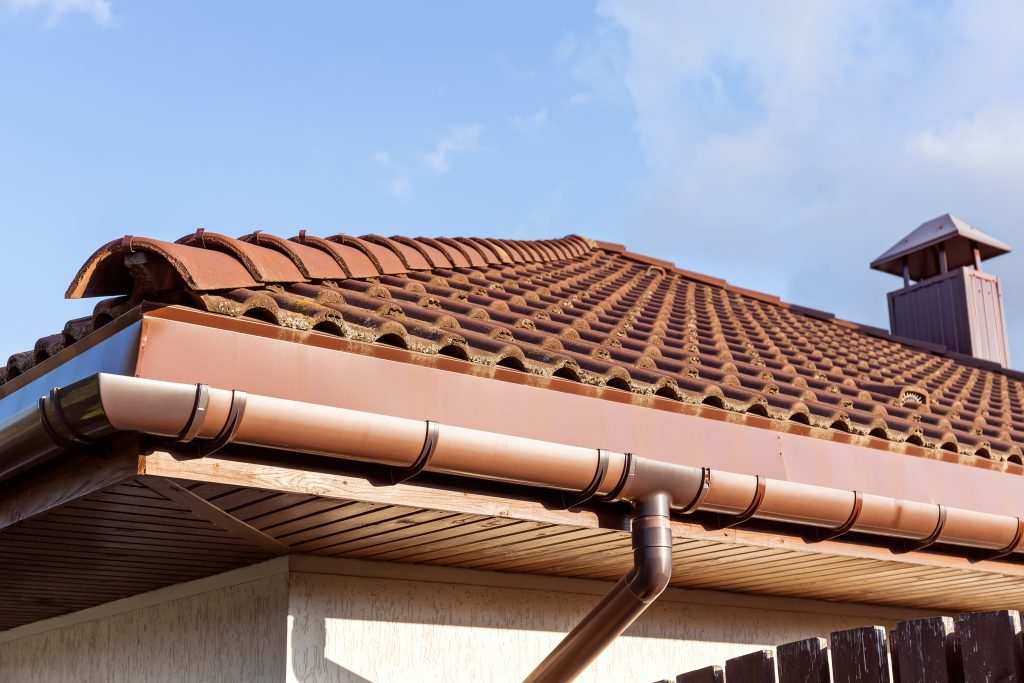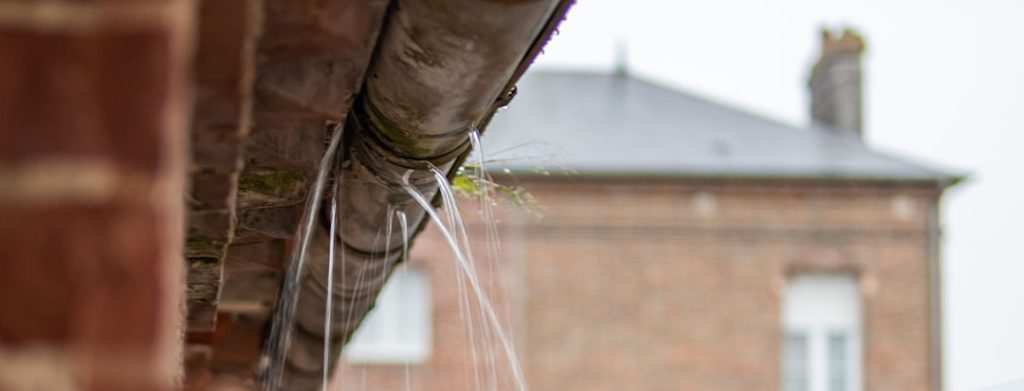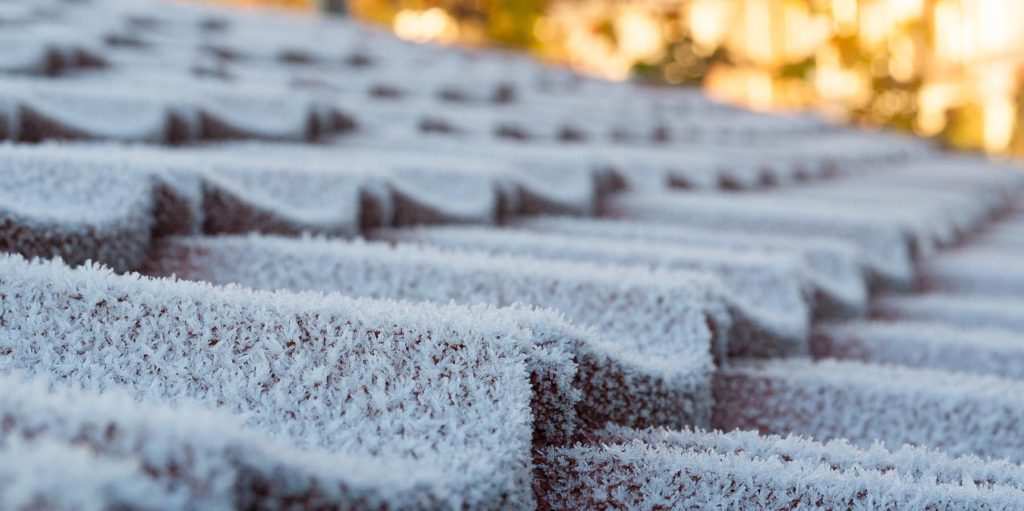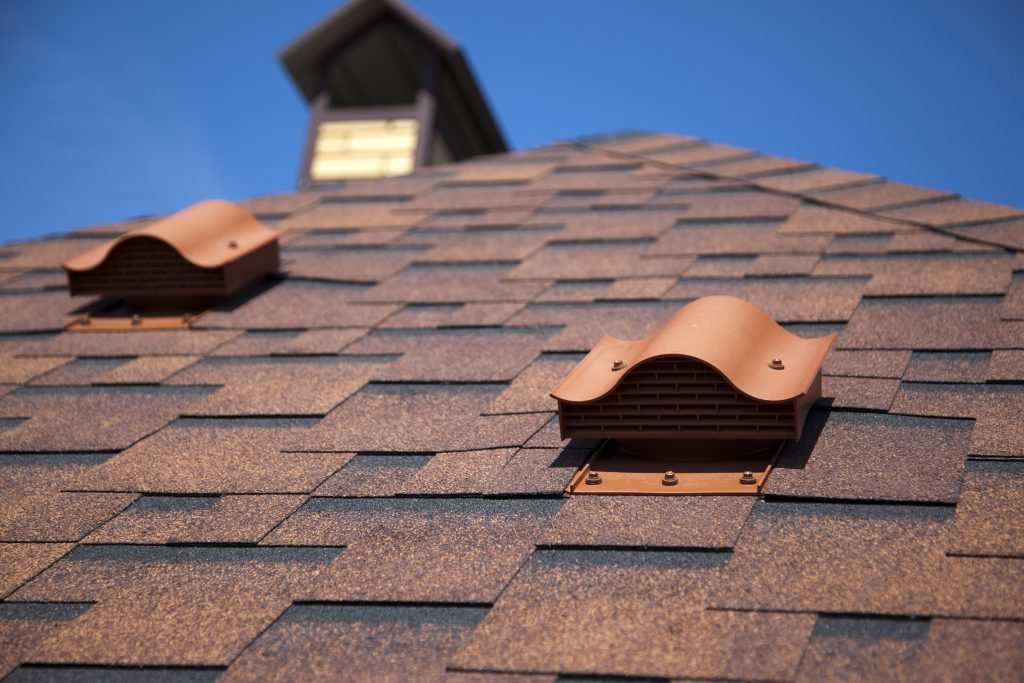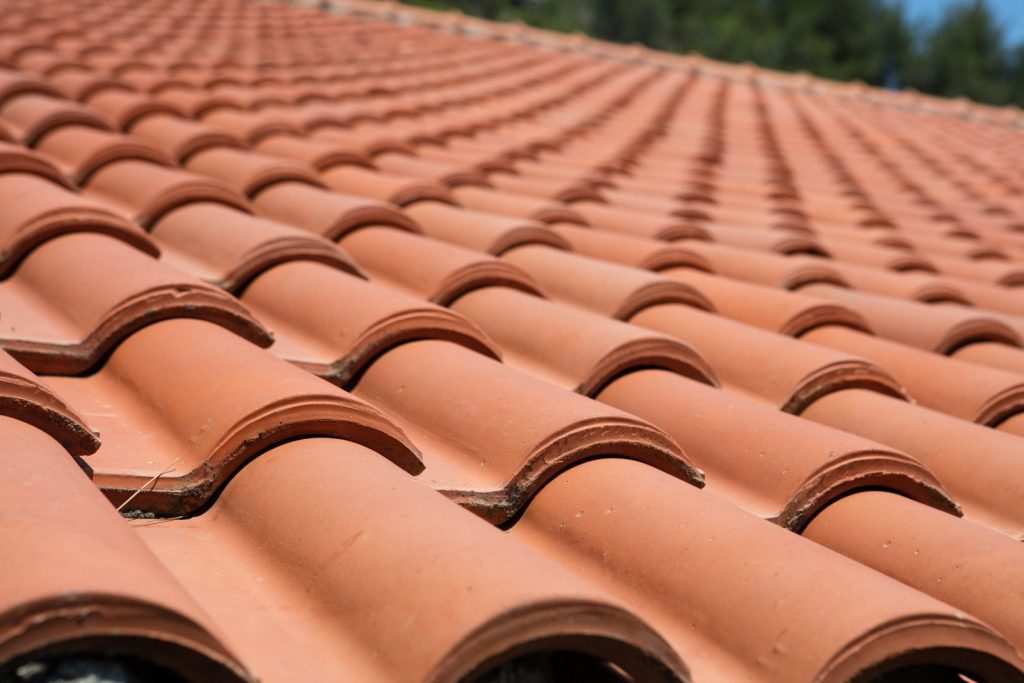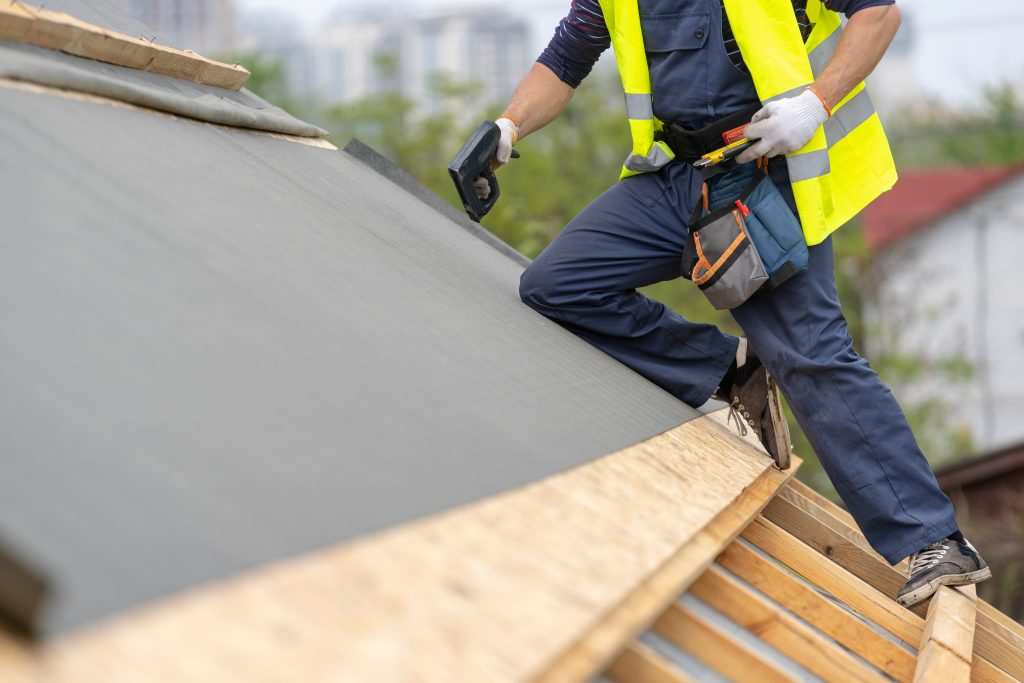Roof replacement is an important aspect of maintaining the overall integrity and value of your home.
A well-maintained roof not only protects your home and possessions from the elements, but it also improves energy efficiency and can increase the curb appeal of your property.
However, like any other part of your home, roofs can deteriorate over time and may need to be replaced.
It is important to stay on top of the condition of your roof and address any issues as soon as they arise, to avoid more costly repairs or replacements in the future.
Regular roof inspections can help identify potential problems early on and prevent them from becoming major issues. KMS Roofing can help with roof maintenance, repairs and re-roofing services.
The age of the Roof
The age of a roof can be a significant indicator that it needs to be replaced. The lifespan of a roof varies depending on the type of material used, but most roofs last between 15-25 years.
As a roof ages, it becomes more prone to wear and tear from exposure to the elements and can develop leaks, missing or damaged shingles, and other issues.
Additionally, as technology and materials improve, older roofs may no longer be energy-efficient and can lead to higher energy bills.
It’s important to note that a roof’s age is not the only indicator that it needs to be replaced, but it is a good starting point for determining whether a replacement is needed.
A roof that is approaching the end of its expected lifespan should be inspected regularly to ensure that it is still functioning properly and to identify any potential issues that may need to be addressed.
Sagging or Buckling
Sagging or buckling in the roof can be a sign of structural issues and indicate that the roof needs to be replaced. Sagging or buckling occurs when the roof’s decking, which supports the shingles, starts to warp or sag, usually due to water damage or a lack of proper ventilation.
These issues can weaken the structure of the roof and make it more susceptible to leaks and other problems.
Sagging or buckling can manifest in different ways, such as:
- Roof decking that appears to be sagging or drooping in certain areas
- Shingles that appear to be curling or lifting at the edges
- Buckling or warping of the roof decking visible from the attic
Structural issues such as sagging or buckling can also be caused by factors such as poor installation, poor ventilation, or a lack of proper maintenance.
These issues can be caused by a variety of factors, so it’s important to have a professional inspect the roof if you suspect any structural issues.
If the damage is severe enough, it’s likely that the roof will need to be replaced to ensure the safety and integrity of your home.
Missing or Damaged Shingles
Missing or damaged shingles can lead to leaks and other problems, and are a sign that the roof needs to be replaced. Shingles are the protective layer on top of the roof decking that keeps water and other elements out of the house.
When shingles are missing or damaged, it can leave the underlying decking exposed to the elements, which can lead to water infiltration and cause leaks.
The water can cause rot, mould, and structural damage to the roof and your home.
Missing or damaged shingles can be caused by a variety of factors, such as:
- Age and wear and tear
- Exposure to extreme weather conditions, such as heavy winds or hail
- Poor installation or maintenance
- Animal damage
Missing or damaged shingles can be easily spotted by a professional during a roof inspection, or a homeowner can check for missing or damaged shingles from the ground.
If you notice missing or damaged shingles, it’s important to have them repaired or replaced as soon as possible to prevent leaks and further damage.
If the roof is showing significant signs of wear and tear, it may be time to consider a full roof replacement.
Leaks
Leaks in the roof can be a sign that the roof needs to be replaced, especially if they are recurring or difficult to fix.
Leaks can occur when water finds its way through a hole or gap in the roof, which can happen due to missing or damaged shingles, cracked or missing flashing, or other issues.
Leaks can cause significant damage to the roof and the interior of the home, and can lead to rot, mould, and structural damage if not addressed promptly.
Recurring leaks or leaks that are difficult to fix can be a sign that the roof is beyond repair, and a replacement is needed. If the roof is nearing the end of its lifespan, it may be more cost-effective to replace it rather than continuously patching leaks.
Additionally, if a roof has multiple leaks in different areas, it may be an indication of a more widespread problem, such as poor ventilation or a lack of proper maintenance, which would also suggest the need for a replacement.
It’s important to have a professional inspect the roof if you suspect any leaks, to determine the cause and the best course of action.
If the leaks are caused by a few simple repairs, a repair may be possible, however, if the leaks are recurring or difficult to fix, it’s likely that a replacement is needed to ensure the integrity and safety of your home.
Energy Bills
An older, poorly insulated roof can lead to high energy bills and this could be a sign that the roof needs to be replaced.
As roofs age, the insulation inside them can become less effective at keeping heat in during the winter and out during the summer.
This can lead to increased energy consumption and higher energy bills. Poor insulation can also lead to drafts, which can make a home uncomfortable to live in and increase the workload of heating and cooling systems.
Additionally, as technology and materials improve, older roofs may not have the same level of energy efficiency as newer roofs.
For example, new roofs can have reflective coatings that can lower the temperature inside the attic and reduce the amount of heat that enters the house, this can lead to energy savings.
It’s important to note that a roof’s age and energy efficiency are not the only indicators that it needs to be replaced, but they are good starting points for determining whether a replacement is needed.
A roof that is approaching the end of its expected lifespan and is showing poor energy efficiency should be inspected regularly to ensure that it is still functioning properly and to identify any potential issues that may need to be addressed.
A professional can also check for proper insulation and ventilation in the attic, which is another important factor to keep in mind.
If the roof is poorly insulated or ventilated, it may be more cost-effective to replace the roof and install new insulation and ventilation at the same time.
Conclusion
In this blog post, we discussed the top 5 signs that a roof needs to be replaced. These signs include: age of the roof, sagging or buckling, missing or damaged shingles, leaks and high energy bills. It’s important to stay on top of the condition of your roof and address any issues as soon as they arise, to avoid more costly repairs or replacements in the future.
It’s important to remember that a roof is one of the most important parts of a home, as it protects everything and everyone inside from the elements.
By staying on top of the condition of your roof and addressing any issues as soon as they arise, you can ensure the safety and integrity of your home and save money in the long run.
Don’t wait, if you suspect your roof may need to be replaced, take action now. Get in touch with KMS Roofing today to see how we can help you.

